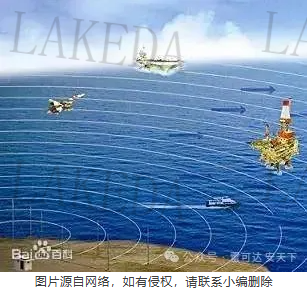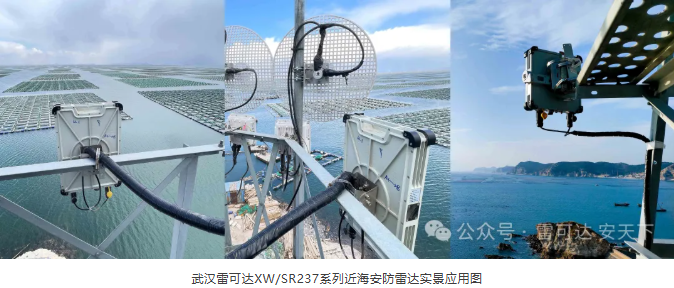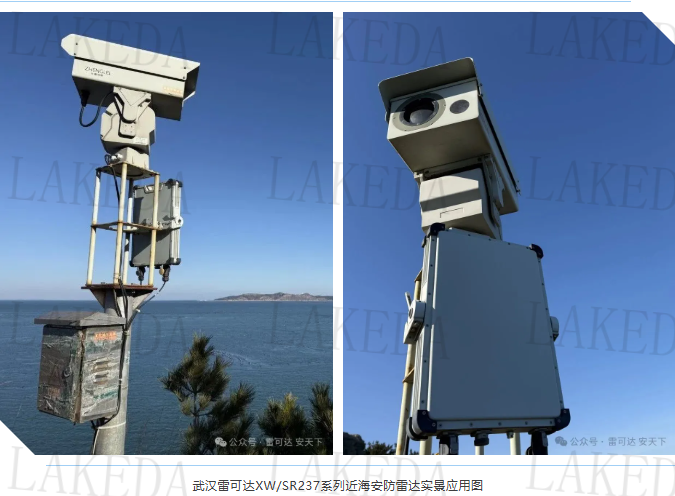Technical Analysis: A Review of the Development History of China's Nearshore Surveillance Radar Technology
Release time:
2025-07-30
In today's complex international political environment, the near-sea defense situation is changing rapidly. From the joint patrol of US and British ships in the East China Sea in June 2025 to the joint sea and air patrol in the South China Sea in July, these events have profoundly impacted the regional security landscape, highlighting the increasing strategic importance of near-sea defense.

In the early days, China mainly relied on the introduction and imitation of simple foreign radar equipment. These had limited functions, short detection distances, low accuracy, and poor anti-jamming capabilities. They were primarily used for basic monitoring of small vessels near the coast and could not meet the needs of complex near-sea defense environments.
With the gradual improvement of China's industrial and technological levels, near-sea defense radar entered a stage of technological accumulation and initial application. During this period, some radars based on traditional technologies began to be deployed and used in important coastal ports and some areas, achieving normalized monitoring of some near-sea areas.
In the 21st century, with China's increasing emphasis on its maritime rights and interests, near-sea defense radar has ushered in a new stage of rapid development and systematic construction. New radars such as high-frequency surface wave radar and phased array radar have been widely used in near-sea defense, and a relatively complete near-sea defense radar system has been widely adopted.

As an emerging marine monitoring technology, high-frequency surface wave radar has advantages such as over-the-horizon detection, large coverage, all-weather operation, and low cost. It is considered a high-tech means of effectively monitoring countries' Exclusive Economic Zones (EEZs).
In China's near-sea defense radar system, high-frequency surface wave radar is widely deployed in coastal areas to continuously monitor large sea areas. It can effectively detect distant vessel activities and provide key information for early warning. Its principle is to use the diffraction propagation characteristics of high-frequency electromagnetic waves on the sea surface to detect targets on the sea level.
Phased array radar uses electronic means to control the phase of each radiating element in the array antenna, thereby changing the direction of the beam to achieve rapid scanning and multi-target tracking.

For example, Wuhan Rekeda Technology Co., Ltd. independently developed XW/SR237 series near-sea defense radar uses phased array technology (azimuth scanning)/pulse Doppler technology. It has a high data refresh rate and can continuously and stably track targets. It is suitable for the security of infrastructure such as substations, detention centers, and oil pipelines, as well as airport perimeters and railway lines.
The accuracy of phased array radar in measuring the distance, azimuth, and altitude of targets is constantly improving. Some advanced models can achieve distance accuracy of several meters and azimuth accuracy in the milliradian level, accurately providing target location information and providing a reliable basis for subsequent handling.

The marine environment is complex and has various sources of electromagnetic interference, such as ship communication signals, ionospheric fluctuations, and clutter caused by bad weather. To deal with these interferences, near-sea defense radar uses various anti-jamming technologies, such as frequency hopping, pulse compression, and moving target indication.
For example, Wuhan Rekeda XW/SR237 series near-sea defense radar uses filtering anti-jamming technology and same-frequency asynchronous signal filtering technology. Interference from nearby radars on the same frequency will not affect the normal operation of the radar.
Through these technologies, the radar can effectively extract target signals in complex electromagnetic environments, ensuring the stability and reliability of monitoring.
The development history of China's modern near-sea defense radar technology is an epic of progress from technological catching up to independent innovation. From the initial stages of imitating equipment in the early days of the People's Republic of China, to the gradual breakthroughs in independent research and development after the reform and opening up, and then to the explosive development of cutting-edge technologies such as high-frequency surface wave radar and phased array radar in the 21st century, as well as the deep integration with artificial intelligence and big data, it has not only built an "electromagnetic barrier" to protect the vast sea areas, but also demonstrated the country's leapfrog growth in technological strength through systematic and intelligent technological advancements.
This journey is both a reflection of the awakening of maritime rights and interests awareness and a testament to the hard work of Chinese scientists and engineers. In the future, it will surely write more innovative chapters on the road of deep-sea protection. For more radar-related information, please follow WeChat Official Account 。










